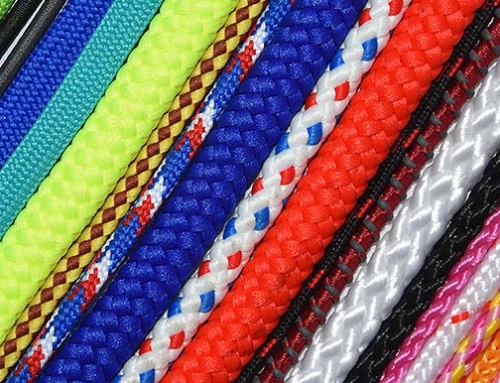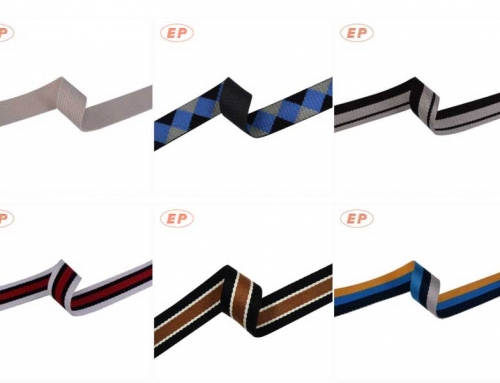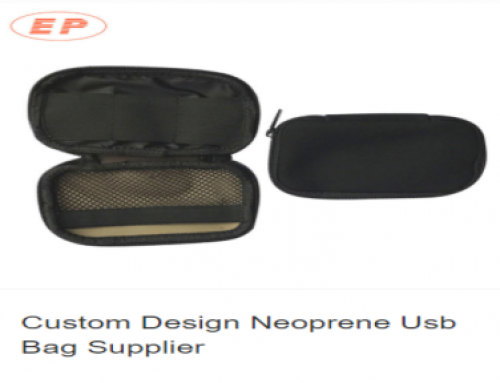Nylon webbing and buckles is a very strong fabric that is either a flat strip or a tube. People can use webbing for different things, such as home arts and crafts. Industrial or commercial polyester webbing, polypropylene webbing, and nylon webbing are very common webbing materials. Each of these webbing types have advantages and also disadvantages. Soft, lustrous nylon comes in neon and basic colors. Polyester webbing is available in beautiful patterns through the process of sublimation. Polypropylene or “polypro” combines the best of nylon and polyester.
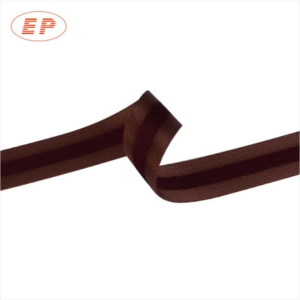 |
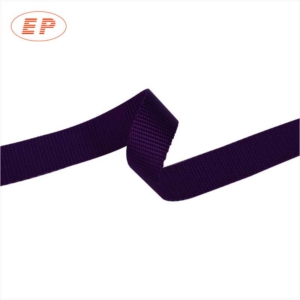 |
Polyester and nylon webbing and buckles Prices Headed in Opposite Directions
The price for polyester chip (the base component for extruded fiber) has been declining, while nylon pricing has been rising. Why? The price of the chemicals used to produce nylon have gone up. Plus, there is more available capacity for polyester chips for extruding base fiber. Lower-priced polyester is getting a lot of attention.
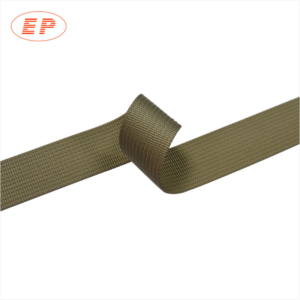 |
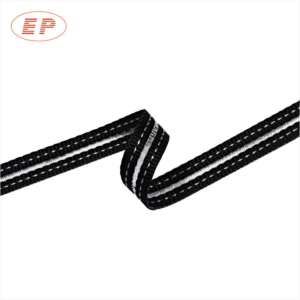 |
Material Changes Mean Engineering & Design Changes
If you’re changing materials, you’ll need to make some engineering and design changes. Look at the difference in tensile strength. The polyester thread can have 8% less tensile than nylon, so consider this in designing to maintain a 5:1 capacity ratio if needed. Sling makers can compensate for this by going to a larger thread size such as a 554 size thread, from a 415 size. Or, if a 554 size is being used, you can implement an increase in stitches per inch or a revised stitch pattern.
A good resource for making these changes is the WSTDA website. This association offers guidelines for addressing these standards for polyester and nylon webbing and buckles and suggests sewing patterns and minimum tensile requirements for sling threads.
For more related post:

